Beauty is a billion-dollar business, so are the women behind it reaping the rewards?
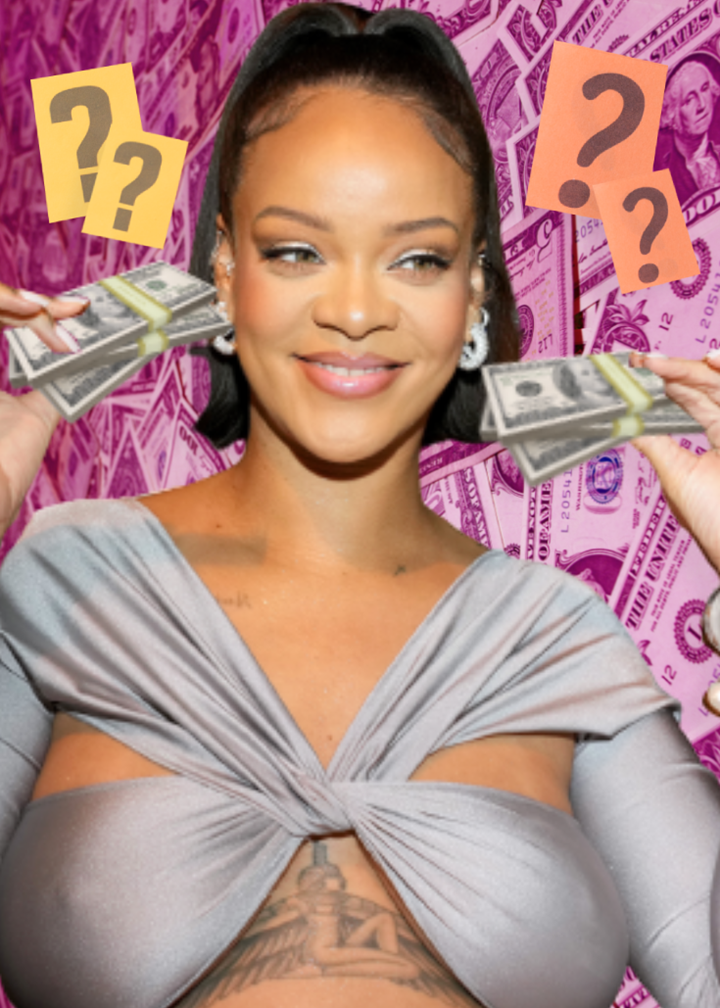
Women are the ones investing, but are they the ones profiting?
Anyone who works in beauty knows the general response from friends/family/strangers on the street etc. once they get word of what you do for a living. It’s usually something along the lines of “you get to call that work?!"
And look, there’s definitely some merit to said reaction. Turning a passion into everyday employment absolutely falls into the ‘dream job’ category. But while there may be a higher ‘fun factor’ to most beauty-centric roles, the on-the-ground salaries really don’t reflect the ‘booming’ nature of the beauty biz.
And booming it is. Not only has the industry continued to climb over the last decade, but the beauty sector was one of the very few businesses that saw an incline during the COVID-19 pandemic. In fact, a Forbes study on the topic revealed that the global beauty industry is actually a whopping $532 billion business.
But does an industry thriving mean its employees are? And does an industry reliant on women prioritise their pay? Let’s find out…
How much money do women in beauty jobs earn?
Remuneration packages definitely differ depending on a few factors (specific workplace, experience, etc.), but here’s a breakdown of some of the salaries tied to the biggest beauty career sectors.
According to Seek, the average annual salary for a makeup artist ranges between $45,000 to $60,000. For hairdressers, the average annual salary is between $30,000 and $50,000.
Jora reports that a beauty therapist generally makes an average annual salary of $65,000, while in-store retail beauty advisors make salaries that sit somewhere between $45,000 and $55,000, says Seek.
On the media side, a beauty editor’s salary tends to fall around an average of $68,500, as estimated by Glassdoor. So basically, nobody in the ‘regular’ beauty jobs are making the big bucks. So who is?
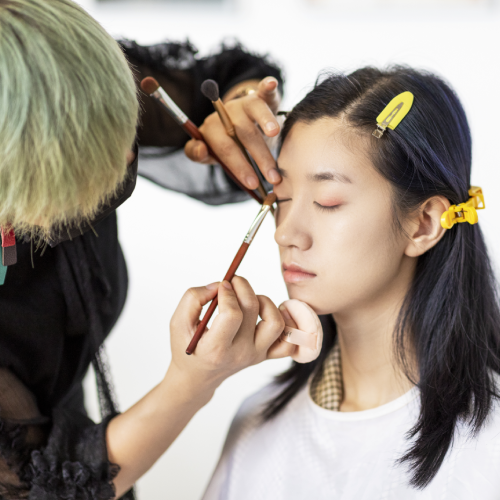
Makeup artist at work
How much money do beauty influencers earn?
One group of beauty professionals that have seen major cashflow in the last five years or so? Female beauty influencers.
Influencing (while of course generally spanning across genders) is an industry predominantly powered by female talent. And considering beauty is one of the biggest sectors of the influencing market, it’s no surprise that it’s an area where women are winning.
Now, there is of course a pretty massive range in terms of what female beauty influencers make per post. For example, The Australian reports that someone with between 100,000 and 400,000 Instagram followers might make “an average of $4,800 for a post, $2,900 for a video, and $1,000 for a story”.
As a comparison, if you package that trio of deliverables up for a clean $8,700, and do it eight times over, you’ve already made a beauty editor’s yearly salary. Scary stuff. But hey, it’s a win for the women able to make it happen – power to them.
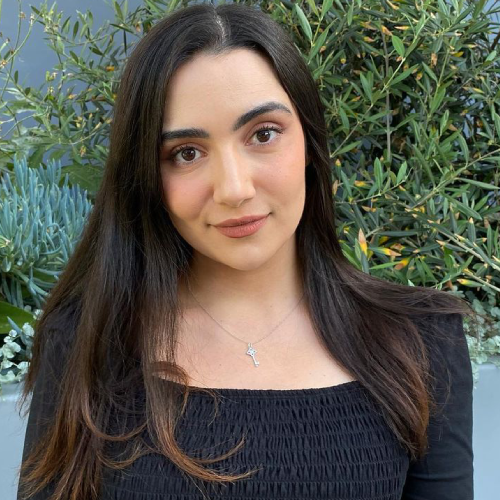
Safiya Nygaard, Beauty Influencer
How much money do female beauty CEOs earn?
Let’s look to the top. Is beauty (a business predominantly geared toward women) prioritising female remuneration or padding the pockets of male CEOs?
Well, when trade publication Beauty Packaging named 20 of the biggest beauty brands, only four had females in the top job. Yes, seriously. To make matters worse, three of those women were their company’s first female CEO.
Coty’s Sue Y. Nabi, Revlon’s Debra Perelman, Chanel’s Leena Nair, and Bath & Body Works’ Gina Boswell are among the few women leading major beauty brands. But here’s the good news: if women like these are able to work their way up to the top job in a top company, the compensation seems to finally be fair.
For example, it was reported that Nabi’s 2021 salary package was about $3.55 million. However, Women’s Wear Daily reported in 2022 that Nabi had become “beauty’s highest paid CEO by far, largely thanks to her stock-based compensation”.
Bloomberg’s research showed that “once she’s collected all the shares included in the package, Nabi’s poised to own roughly 3% of the company,” which they equate to a pay deal of approximately $283 million.
Long story short, beauty executives are rarely rewarded until they finally have final say. But while yes, we are making a Sue Nabi fan account immediately, she is a rare example of a woman being paid what she deserves in relation to a man.
It's progress, sure, but the pace (especially for a female-dominated industry) is still too slow.
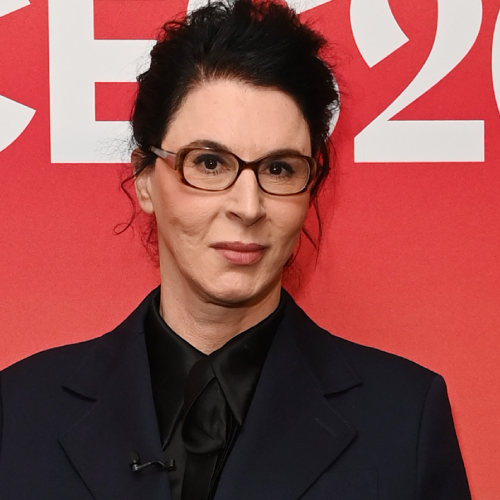
Sue Y. Nabi, COTY CEO
How much money do celebrity beauty CEOs earn?
Of course, there’s a specific sector of female beauty CEOs that are raking it in above all others, generally because of their pre-built audience. Yep, we’re talking about celebrities.
Does the name Robyn Rihanna Fenty ring a bell? Because, yes, she is still officially Fenty Beauty’s CEO, and while her specific ‘salary’ has always been kept under wraps, it’s said that an estimated $1.4 billion (AKA the majority share) of her fortune comes from the value of Fenty Beauty.
For the record, not every celeb maintains CEO status after the brand has built a following. For example, Anna von Bayern acts as the liaison link between Coty and the Kar-Jenner families, holding the role of CEO across both Kylie Cosmetics and KKW Beauty. FYI, it was reported in 2022 that her total compensation was approximately $717,601. Sounds like a pretty sweet gig to us.
Kardashian and Jenner, however, are still seeing a lot of financial benefit from their stakes in their beauty businesses – both top the list of ‘self-made beauty billionaires’.
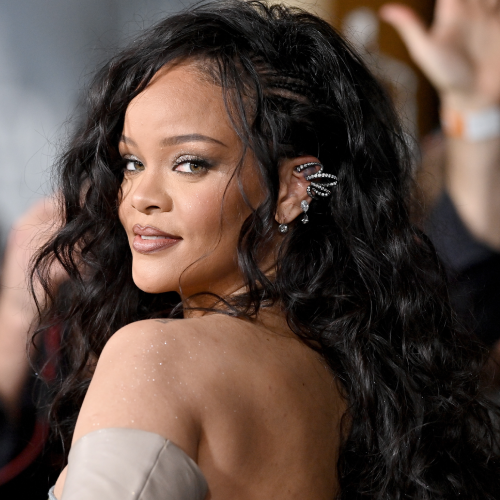
Rihanna, Fenty Beauty CEO
Some other women who’ve earned said status? Influencer-turned-brand-owner Huda Kattan (previous CEO of Huda Beauty), brow-artist-turned-brand-owner Anastasia Soare (CEO of Anastasia Beverly Hills), and makeup-artist-turned-brand-owner Pat McGrath (CEO of her namesake brand, Pat McGrath Labs).
And again, we love to see women winning wherever possible, especially in the beauty industry we built, but just like Sue Nabi, these examples offer a rare representation of a huge female-dominated industry. And not every female is seeing that kind of cash.

Pat McGrath, Pat McGrath Labs CEO
Are women financially benefitting from the beauty industry?
So what’s the word? Frankly, some are, and some aren’t. Some beauty professionals go on to build illustrious, highly profitable careers, and some never even get the opportunity to enter the six-figure club.
If we could give the industry a piece of advice, it would be this: don’t forget the people on the ground. Compensate the people using, recommending, and promoting products on an everyday basis, and we don’t doubt they’ll continue to do so, building the beauty business even more. Micro-influencers, media, and makeup advisors all hold power with consumers – they just don’t get paid like it.
The journey to the top starts at the bottom too – fair pay for everyone from hairdressers to journalists allows these women to keep working in an industry they love, equipping them with the experience they need to later take on one of the top jobs.
The beauty industry could be robbing itself of the next generation of great female beauty CEOs simply by not remunerating women in the beauty business fairly. After all, you never know which everyday makeup artist could go on to become the next Pat McGrath…
Main image credit: Getty Images
Have you tried all of these female-owned beauty brands?

Delaney began her career in the Australian beauty media industry in 2015, landing amidst the glossy world of women’s lifestyle magazines (or more literally, in their beauty cupboards). Since then, she has gone on to write across a multitude of beloved Australian media brands, including OK!, NW, InStyle, and Harper’s BAZAAR. She’s covered every side of beauty content, from directing beauty editorial shoots to rounding up the best glossy serums for golden hour skin. Having spent nearly a decade immersed in the beauty realm, Delaney’s knowledge of beauty is as extensive as her collection of tinted lip oils (read: extremely extensive). Delaney is currently the Digital Managing Editor of BEAUTYcrew, and her beauty wisdom also appears across beautyheaven, ELLE and Marie Claire. She enjoys channelling her personal hobby (testing beauty products) into her professional work (talking about testing beauty products), and considers perfecting the art of a cat eye in a moving car her life’s greatest accomplishment.






